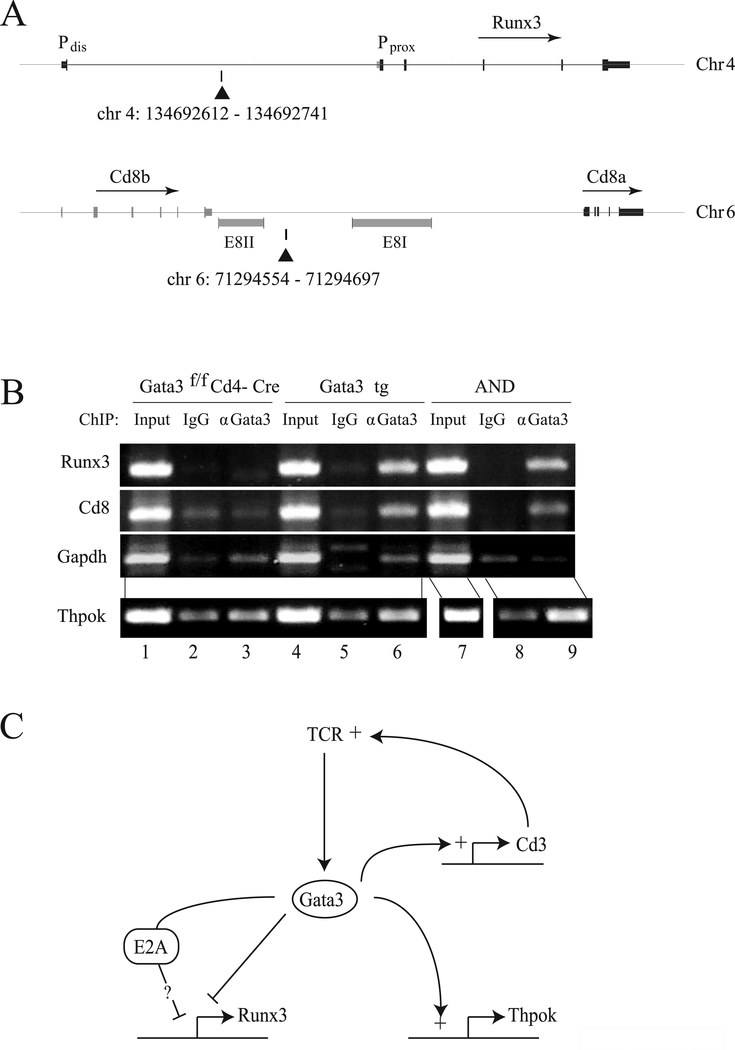Figure 6. Gata3 binds to Runx3 and Cd8 loci.
(A) Chromosomal coordinates and schematic representations of Runx3 and Cd8 loci were obtained from the UCSC genome browser (mm9 mouse genome assembly). Location of PCR amplicons identifying Gata3 binding sites in each locus are shown by black triangles. Pdis and Pprox refer to the distal and proximal Runx3 promoters respectively. Note the Gata3 binding site location immediately downstream of the Cd8 E8(II) enhancer active throughout T-cell development [6]. (B) ChIP analyses of Gata3 binding in unseparated thymocytes from AND TCR transgenic, Gata3 transgenic or Gata3-deficient mice. Agarose-gel bands show PCR amplicons on the Cd8, Runx3, Gapdh (as a control for background) and Thpok (as a positive control, site A in Ref. [22]) loci from anti-Gata3 or control IgG immunoprecipitates, or from unfractionated chromatin (input). Data shown are representative of at least two separate experiments (two distinct mice of each genotype). (C) Central position of Gata3 in the circuitry of CD4-lineage differentiation. Gata3 (i) preserves bi-potency of MHC II-signaled thymocytes by repressing Runx3 (this study, left), (ii) promotes TCR signaling, possibly through binding to genes encoding CD3 subunits (top right, [35, 40]), and (iii) promotes Thpok expression (bottom right, [22]).

